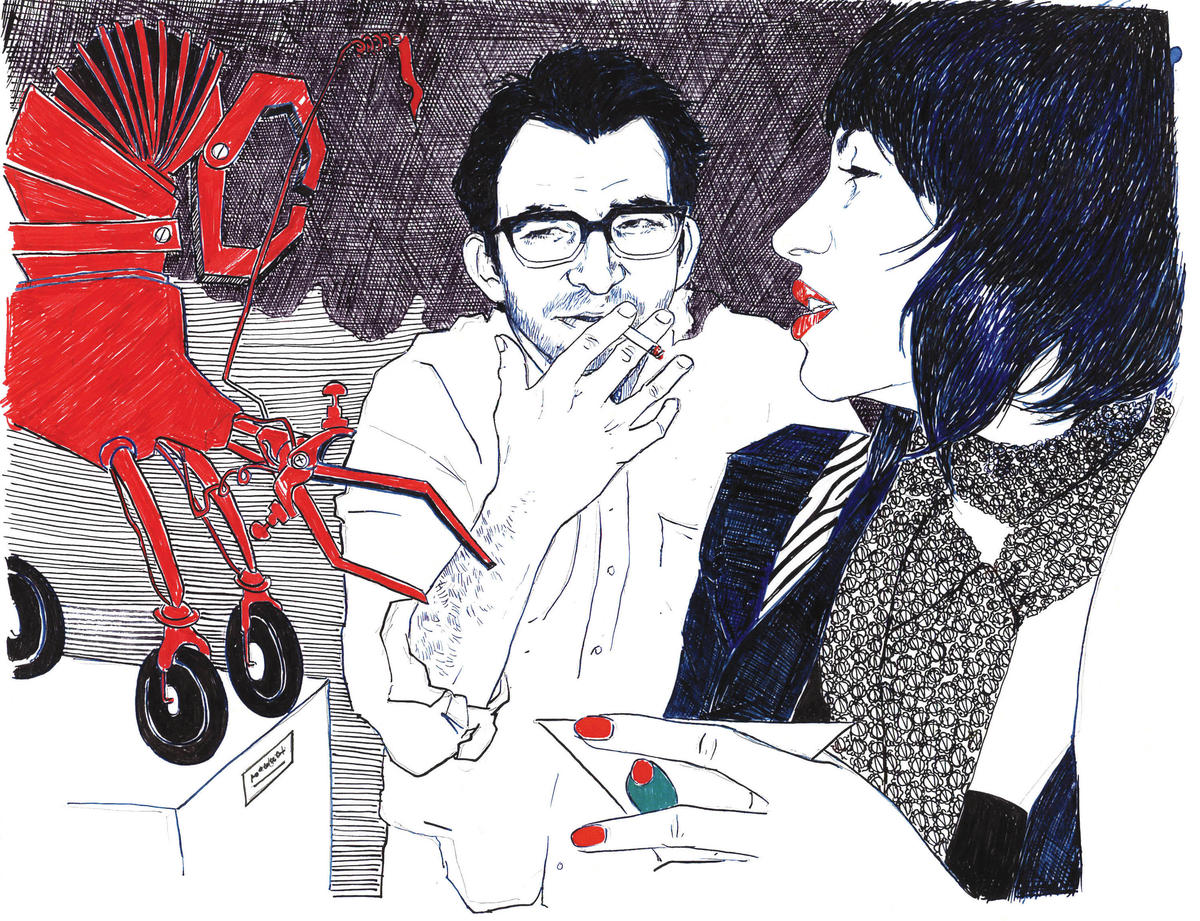
In December of 2005, I participated in a symposium organized by Bob Storr at the Venice Biennale with the appealing title: Where Art Worlds Meet: Multiple Modernities and the Global Salon. It meant what it said. There were “different art worlds” trying to become one big art world, people talking about different versions of modernities, the global and the global salon itself. Like many other symposiums, it was an excuse to create meaning around an exhibition, and the level of incoherence was accordingly very high.
When the term postcolonial was said for the 7,487th time, establishing a record — surpassing the number of performances of The Phantom of Opera, and even Cats, the two longest-running shows in Broadway history — I searched desperately for my 44 Magnum to randomly shoot a couple of speakers and a few nodding listeners. Unfortunately, I’d left the gun at home that day. So I decided that I no longer give a fuck about colonialism, precolonialism, postcolonialism, neocolonialism, hyper-colonialism, homemade colonialism, organic colonialism, low-fat colonialism or semi-colonialism. I really don’t. Not to say that we cannot change the world we live in, but we cannot do so before accepting that the world we live in is just that — not some kind of fiction with multiple endings.
In fact, Venice, as a city and a former colonial power, is the perfect example of how power can eventually rot, molder and putrefy, how colonial hubris can be transformed into a mass rape of tourists. Venice is the best example of postcolonial malaise. Sustaining power requires modernity. A city needs cars, not gondolas; taxis, not a transportation mafia. Yet modernity is only One; the plural that has been used and abused so often during the last decade is a delusion. One modernity, that’s it. One fucked up modernity, for sure, but one and the same. One could paraphrase the title of one of Matthew Barney’s works here: a “modern incline” exists as well as a “modern decline.” There are countries, institutions, artists, critics and curators who experience the incline of modernity, and those who live its decline.
There are other places, but not other realities, at least not in the artworld. Too bad Homi Bhabha declined his invitation at the last moment, preferring to stay in the golden cocoon of Harvard, the ultimate example of an auto-colonial, supermodern cultural organization. Whoever blames him for doing so is a hypocrite. The privilege of the last-minute refusal is a result of modernity. The only possibility of finding another way to be modern is to create a modern way to relinquish privileges, or to try to invent new modern institutions and organizations elsewhere — to detach ourselves from the modern center to which, in one way or another, we are all gravitating for accreditation, self-celebration and recognition.
As long as we haven’t abandoned the idea that the postcolonial is the last surviving global underground, the last laboratory for a possible revolution of the mind, we will continue to sit around a long table farting theories on the Darkness of our Modern Hearts. We are at best post-colloquial; we’re no longer listening to anything but our own theories. We refuse to cope with the fact that we are either in a modern world gone berserk or in a world that never succeeded in being modern in the first place. I care exclusively about art that speaks to the world — be it the local, the marginal, the center or the bottom. Anything else is completely irrelevant. Bad art exists everywhere, for every reason. Bad taste, lack of ideas, colonialism, corruption, religion, incinerated modernity, stale modernity, whatever. Bad is bad, good is mostly good. Heraclites was convinced that we become who we are. And so am I. I would simply add that we are what we are. A dwarf is a dwarf, Kate Moss is Kate Moss. And we cannot change any of the above, but we can make the best of it instead of conducting a “discourse” that is a cheap fiction. The Venice symposium was basically that: a fiction about and mockery of ourselves. Would you like to know where art worlds meet? In one and the same world, in the very same places, with more or less the same people. Multiple modernities? No way! And the global salon? Considering the mess going down these days, it’s more of a Global Saloon, with swinging doors, the pianist, the good guys and bad guys all playing poker together.